|
|
|
|
Dec. 18, Thur. - We were not prepared for the
cooler temperatures when we arrived in Hanoi from Bangkok or the massive number
of scooters and motorbikes. The sound of horns honking was constant. Hian,
our guide, wasted no time in getting us away from the airport and focused on a
full day of experiencing Hanoi. The city is preserved in a French colonial
architecture which has been somewhat frozen due to its isolation since 1954. We started in the Old Quarter of the city
where our first stop was the Ho Chi Minh Mausoleum. This very Soviet-looking
building houses the body of Ho Chi Minh, lying in state in a dimly lit room, as
groups of 50 people pass by. Soldiers and surveillance cameras were abundant.
As we walk along the grounds, we pass groups of ethnic minorities dressed in their finest on their way to a local festival. We will see similar people when we visit northwestern Vietnam later in the week.
The Presidential Gardens and Palace built in 1901 was the
home of the French governor-general of Indochina. It was made available to
Ho Chi Minh as his residence but he chose to build a more modest home on the grounds. Goods are sold by category on each lane. Scooter and motorbike parts on one street, cookware on another, toys and candy the next, bedding, clothing, yard goods, plumbing supplies and sheet metal parts may be found along the successive lanes. 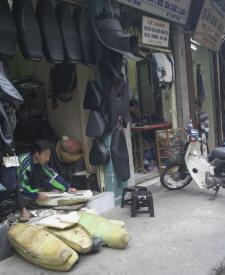
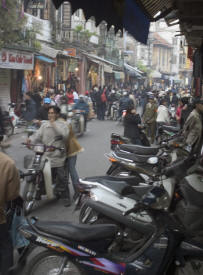
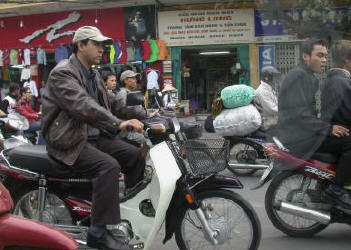
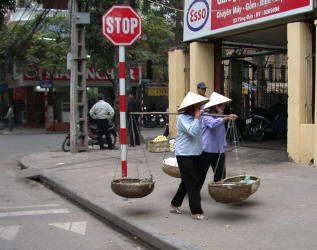
Glimpses of the architecture above the merchant stalls have French colonial ties. 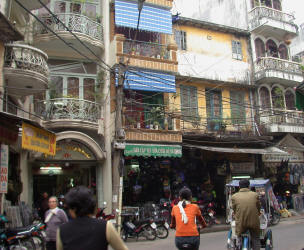
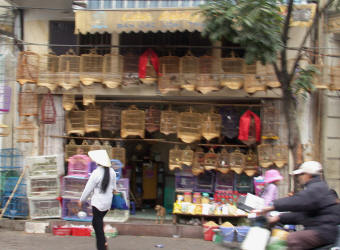
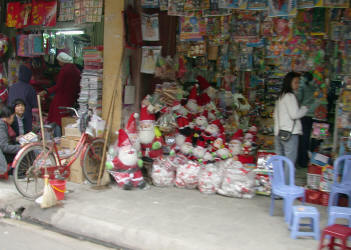
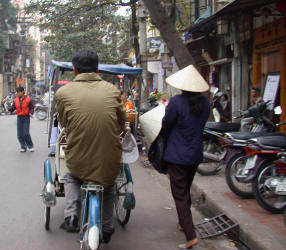
We leave the commotion and excitement of the street vendors and disembark from our cyclo ride to stretch our legs with a walk around Hoan Kim Lake, heart of old Hanoi City. We catch sight of the Tortoise Tower perched on a tiny islet within the lake. Nearby is the Den Ngoc Son (Temple of the Jade Mound) which we access from a brightly red lacquered, arched bridge known as the Sunbeam Bridge. 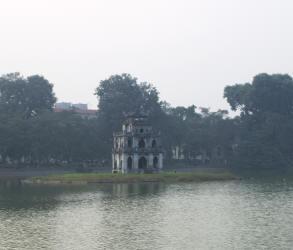
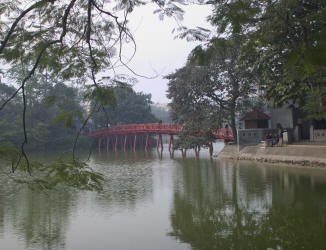
Beside the bridge is the Writing Blue Tower, with the tortoise and pen symbolizing a pen to write on the blue sky. The 14th Century temple, beyond its sanctuary, is the home of a giant tortoise over 6 feet long, formerly a resident of the lake. 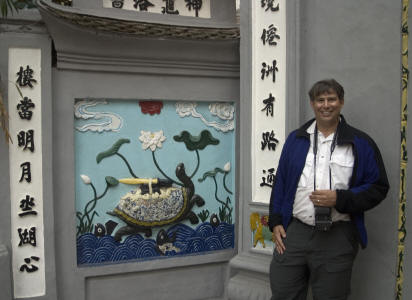
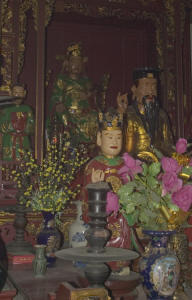
Locals play Chinese chess on the patio behind the temple. 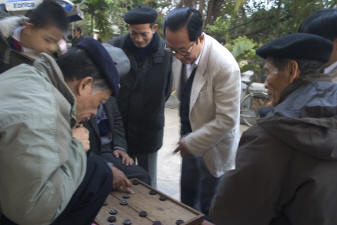
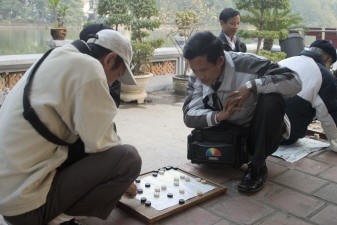
Along our walk, we pass the renovated Municipal Theatre or Opera House, now flanked by a Hilton Hotel. 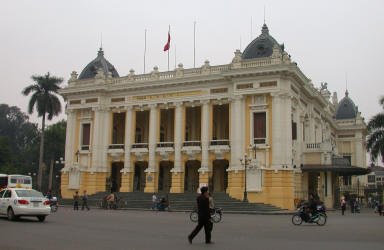
Early evening, it is time for us to enjoy a performance at the famous National Water Puppet Theater. Dating back to the 10th century, water puppet performances were held in communal ponds and lakes during festivals of the rice cultivating communities. Traditional stories are enacted by lacquered puppets accompanied by live traditional music. Levers and pulleys as well as long poles are operated by master puppeteers standing in the water behind the curtains. The stories focus primarily on peasant life, rice farming and the famous Hoan Kim tortoise. 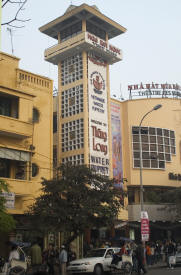
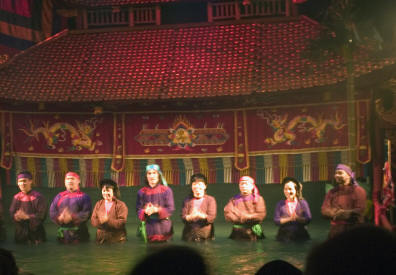
We complete our day with dinner at The Emperor Restaurant and then back to the Sofitel. It is very strange to see Christmas decorations in such a far away and warm location. 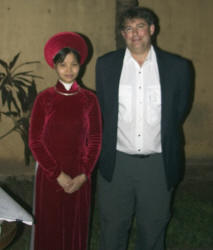
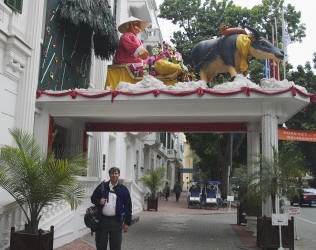
On to Ha Long Bay |
|
|